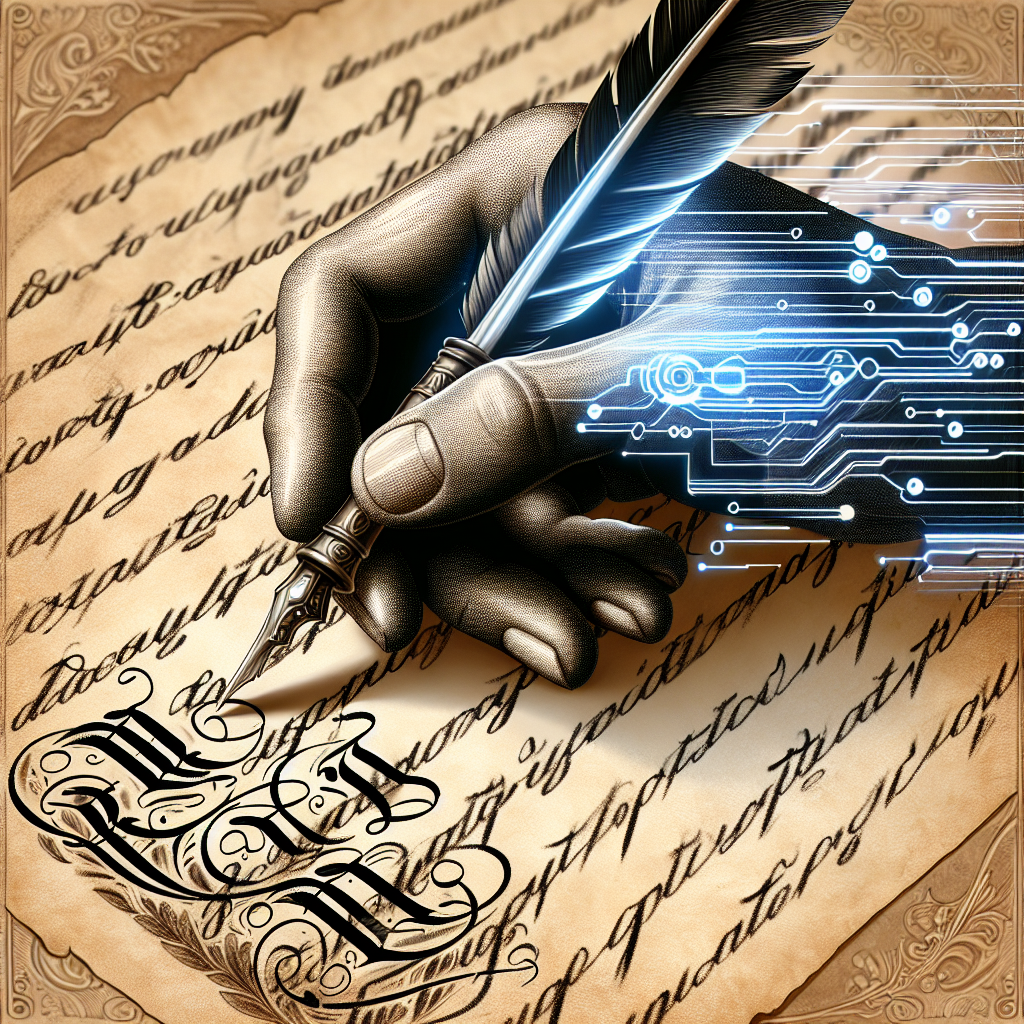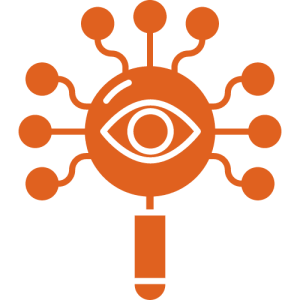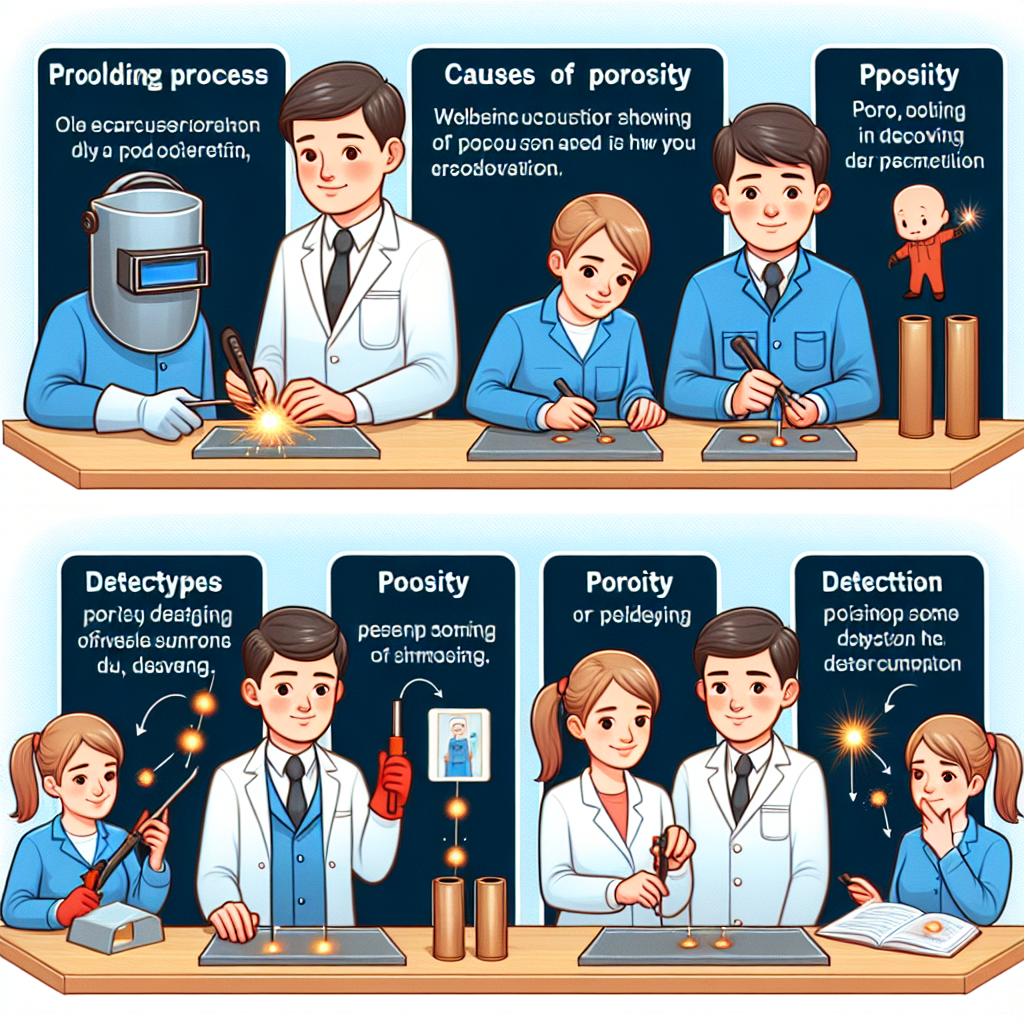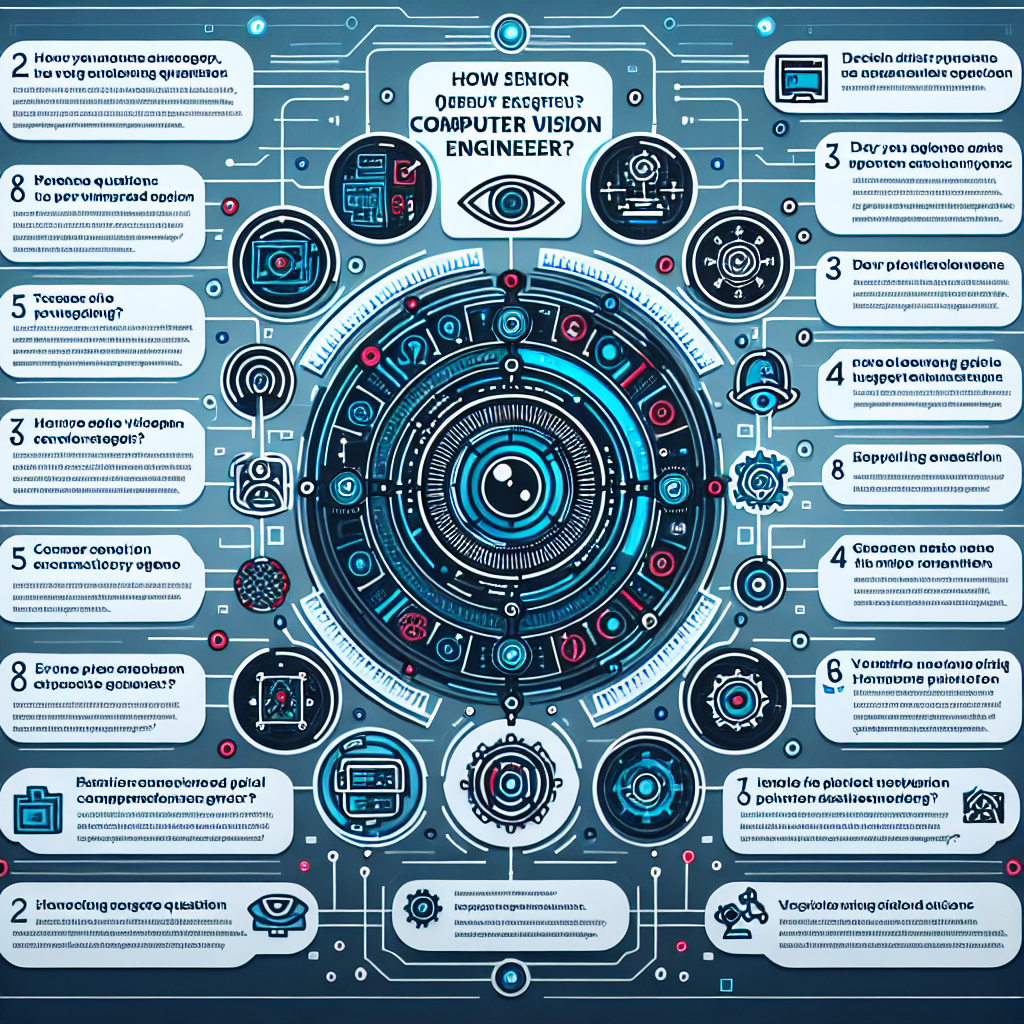OCR for Handwritten Text Recognition
OCR for Handwritten Text Recognition
Introduction
Optical Character Recognition (OCR) technology has made significant advancements in recent years, particularly in recognizing printed text. However, recognizing handwritten text has remained a challenge due to its inherent variability and complexity.
The Breakthrough
A team of researchers has developed a groundbreaking OCR system that can accurately recognize and transcribe handwritten text. The system utilizes deep learning algorithms and neural networks to analyze and interpret the unique characteristics of each handwritten word or sentence.
Key Features
- The OCR system can handle various handwriting styles, including cursive, print, and mixed styles.
- It can recognize text in multiple languages, making it a versatile tool for global applications.
- The system can process large volumes of handwritten documents quickly and efficiently.
- It can accurately transcribe handwritten text into editable digital formats, saving time and effort for users.
Applications
The OCR system has numerous potential applications, including:
- Digitizing historical handwritten documents for preservation and accessibility.
- Automating data entry processes by converting handwritten forms into digital records.
- Enhancing the accuracy of handwritten text recognition in mobile devices and tablets.
- Assisting visually impaired individuals by converting handwritten text into audio or braille.
Conclusion
The development of an advanced OCR system for handwritten text recognition marks a significant breakthrough in the field. With its ability to handle various handwriting styles, languages, and large volumes of documents, this technology has the potential to revolutionize data processing, accessibility, and preservation of handwritten information.







